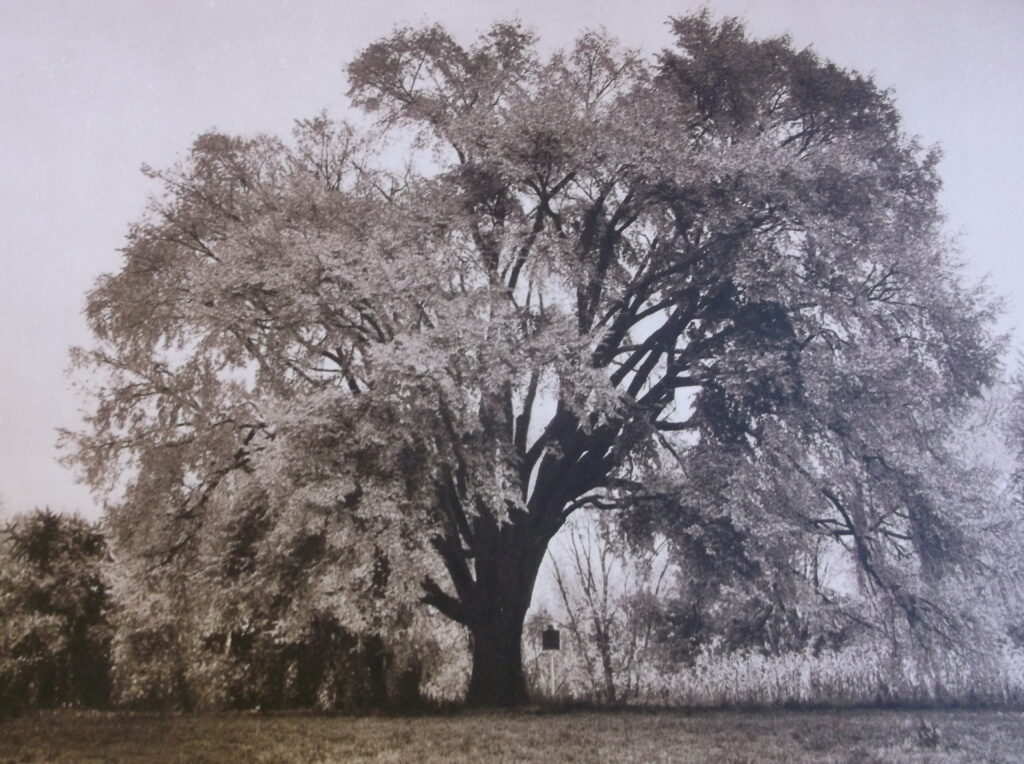The PA Wilds Declaration of Independence
There’s a pretty good chance you learned about the Declaration of Independence in school. If you didn’t, then you weren’t paying attention and it’s not my problem. But I’m assuming you have a grasp of the history, when our Founding Fathers signed the Declaration of Independence in Philadelphia on July 4, 1776, which Nicholas Cage would later go on to steal.
What most people don’t know is that it wasn’t the only one. There were others, at least eight of them in Pennsylvania within a two-year period. One of them, the Tiadaghton Declaration of Independence, was signed on the same day: July 4, 1776. And it was right here in the Pennsylvania Wilds.
It was in Wayne Township, along the I-80 Frontier. There was a line of forts in the area, along the Susquehanna River. One of them was Fort Horn, in present-day Clinton County. A group of men lived there, and called themselves the Fair Play Men.
The Fair Play Men consisted of twenty-one citizens who formed a sort of temporary government in the 1770s. They served on a rotating committee of three at a time, settling disputes in the area, mostly property debates among the local farmers. It is worth noting that later, when the American government was formed, they took a look at all of the Fair Play Men’s decisions, and allowed them to stand.
With the Revolutionary War heating up, the Fair Play Men gathered on July 4, 1776. They’d decided to declare their independence from England, and they drafted a document saying so.
Previously, it was thought that they’d gathered under an elm tree near the border of Clinton and Lycoming Counties, known as the Tiadaghton Elm. However, recent research has shown that the elm wasn’t the correct location; it was more likely that they met in a school house about a quarter mile away.
In all of the books and articles that discuss this event, there is no mention of the elm previous to 1918. In 1918, a committee was formed to learn where the signing took place, led by a local man named John Chatham. Chatham was respected, but also happy to make up details, which is likely what happened with the elm.

Once the document was signed, they dispatched two of the men to have it delivered to King George III. However, on the way they were delayed in a series of misadventures, and when they arrived in Philadelphia, they had a moment out of Monty Python: They were told, “A Declaration of Independence? We already sent one of those.”
So they turned around and brought the document back to central Pennsylvania. In the dead of night, three of the men buried it somewhere near the fort in a metal box, with three locks, each of them taking a key so they could only open it when they were together. It remains there, somewhere in eastern Clinton County, one of the area’s most notable lost treasures.
To this day, the document remains unfound. In 1949, a military unit came and used a mine detector to try and find the box, to no avail. It’s always been my theory that one of the men had it dug up and buried with him when he died, but since grave-robbing being frowned upon, I’ve never found it, either.
Today a monument stands at the site of the fort, along Spook Hollow Road in McElhattan. It’s another one of those interesting spots in the Pennsylvania Wilds that includes a lost artifact and a little bit of unknown history.


